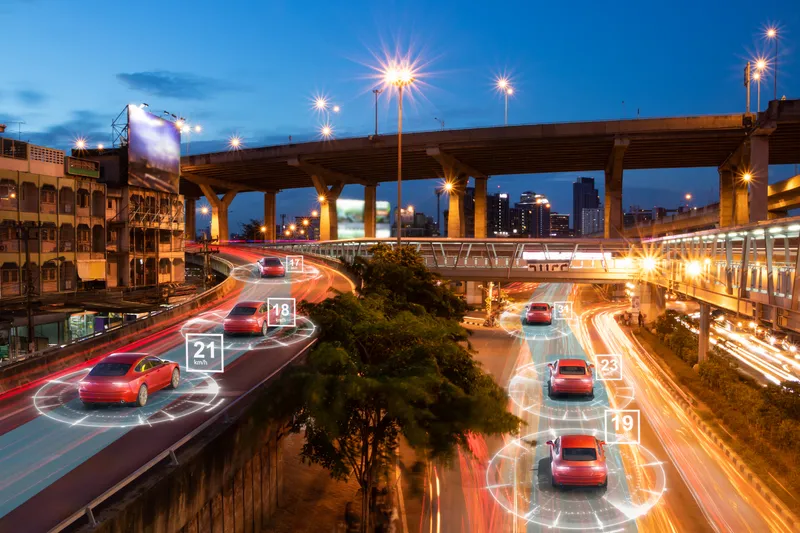The EU's Council of transport ministers met in Brussels yesterday and approved a proposal for a new regulation of Trans European Transport – Network (TEN-T) guidelines, in a package for a Connecting Europe Facility. The proposal approved yesterday, and which will cost US$660 billion by 2020 if fully implemented, is aimed at establishing and developing a complete TEN-T, consisting of infrastructure for roads, railways, inland waterways, shipping ports and airports. It also defined a comprehensive network and
March 23, 2012
Read time: 3 mins
The 1816 European Union's Council of transport ministers met in Brussels yesterday and approved a proposal for a new regulation of Trans European Transport – Network (TEN-T) guidelines, in a package for a Connecting Europe Facility.
The proposal approved yesterday, and which will cost US$660 billion by 2020 if fully implemented, is aimed at establishing and developing a complete TEN-T, consisting of infrastructure for roads, railways, inland waterways, shipping ports and airports. It also defined a comprehensive network and a core network, as well the timing for completion and maps of the different axes.
What transport ministers agreed on yesterday, and which they say is a fundamental change of policy, was a broad plan for funding of core transport network of projects with a 2030 deadline. The specifics of this map – which includes 10 major transport corridors, upgrading some 15,000km of railways to high speed services, some 35 projects to reduce cross-border choke points, and upgrading nearly 40 airports - will be further debated by the European Parliament and member governments this year, when final project selection and funding amounts will be decided. A proposal for a comprehensive map defining longer term projects that must be completed by 2050 in order to qualify for funding, was changed to 2050 being only a target date.
Funding for the plan will come from a range of sources - the EU Commission, member states, the4270 European Investment Bank, as well as an element of private funding. Unsurprisingly, the map has been contentious with member states vying for projects that will benefit them and asking for extensions to the 2030 deadline by which core transport network projects must be completed to qualify for funding.
Within hours of the approval, two MEPs issued a joint press statement saying EU member states lack ambition for completing a truly European transport network. Parliament's co-rapporteurs Ismail Ertug (Germany) and Georgios Koumoutsakos (Greece) welcomed the general approach on the TEN-T Guidelines agreed upon by the Transport Minister's Council as a "first step". But they said a lot of work remains to be done to ensure that member states stick to their financial commitments and improve connections in the inner market, including remote regions.
"The position adopted today won't allow decisive progress on cross-border sections and will slow down the completion of the European Transport Area as a whole," said Ertug, referring to the new exception clauses added if member states cannot meet the deadlines. Transport ministers "watered down" the Commission's proposal on TEN-T guidelines, he believes.
"The agreement per se is a positive step forward, but this is not the end of the road - it's only the beginning of the legislative process," added Co-rapporteur Koumoutsakos.
The proposal approved yesterday, and which will cost US$660 billion by 2020 if fully implemented, is aimed at establishing and developing a complete TEN-T, consisting of infrastructure for roads, railways, inland waterways, shipping ports and airports. It also defined a comprehensive network and a core network, as well the timing for completion and maps of the different axes.
What transport ministers agreed on yesterday, and which they say is a fundamental change of policy, was a broad plan for funding of core transport network of projects with a 2030 deadline. The specifics of this map – which includes 10 major transport corridors, upgrading some 15,000km of railways to high speed services, some 35 projects to reduce cross-border choke points, and upgrading nearly 40 airports - will be further debated by the European Parliament and member governments this year, when final project selection and funding amounts will be decided. A proposal for a comprehensive map defining longer term projects that must be completed by 2050 in order to qualify for funding, was changed to 2050 being only a target date.
Funding for the plan will come from a range of sources - the EU Commission, member states, the
Within hours of the approval, two MEPs issued a joint press statement saying EU member states lack ambition for completing a truly European transport network. Parliament's co-rapporteurs Ismail Ertug (Germany) and Georgios Koumoutsakos (Greece) welcomed the general approach on the TEN-T Guidelines agreed upon by the Transport Minister's Council as a "first step". But they said a lot of work remains to be done to ensure that member states stick to their financial commitments and improve connections in the inner market, including remote regions.
"The position adopted today won't allow decisive progress on cross-border sections and will slow down the completion of the European Transport Area as a whole," said Ertug, referring to the new exception clauses added if member states cannot meet the deadlines. Transport ministers "watered down" the Commission's proposal on TEN-T guidelines, he believes.
"The agreement per se is a positive step forward, but this is not the end of the road - it's only the beginning of the legislative process," added Co-rapporteur Koumoutsakos.










